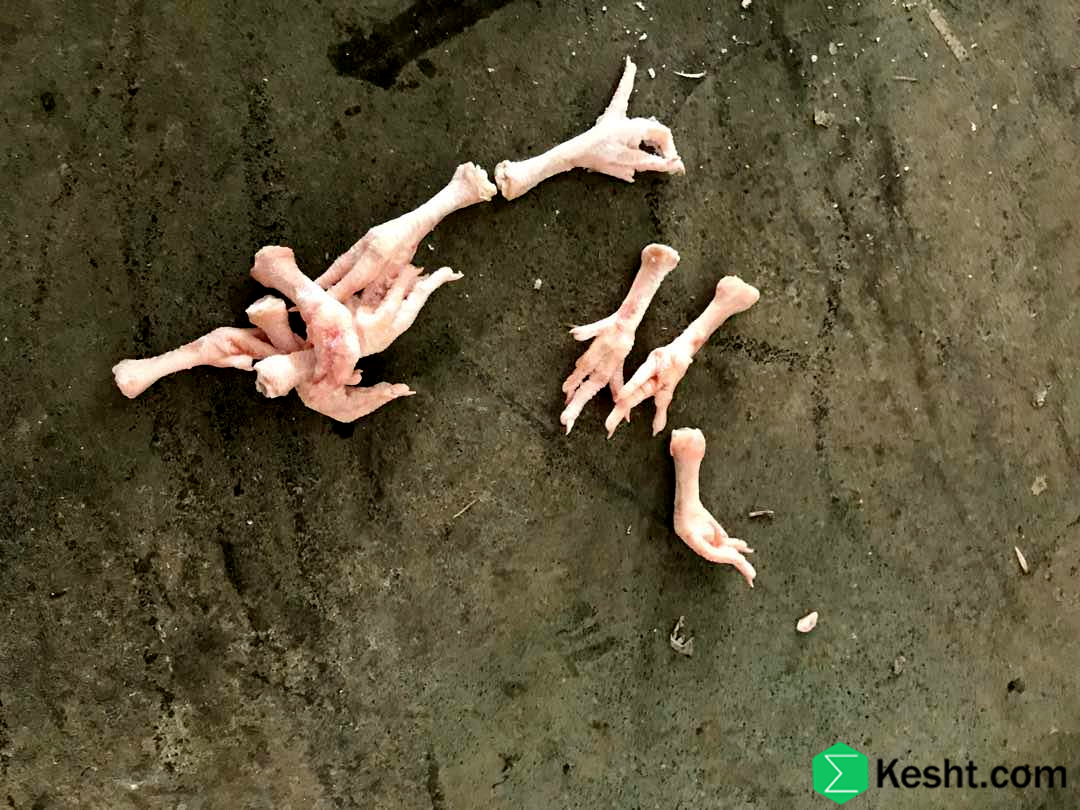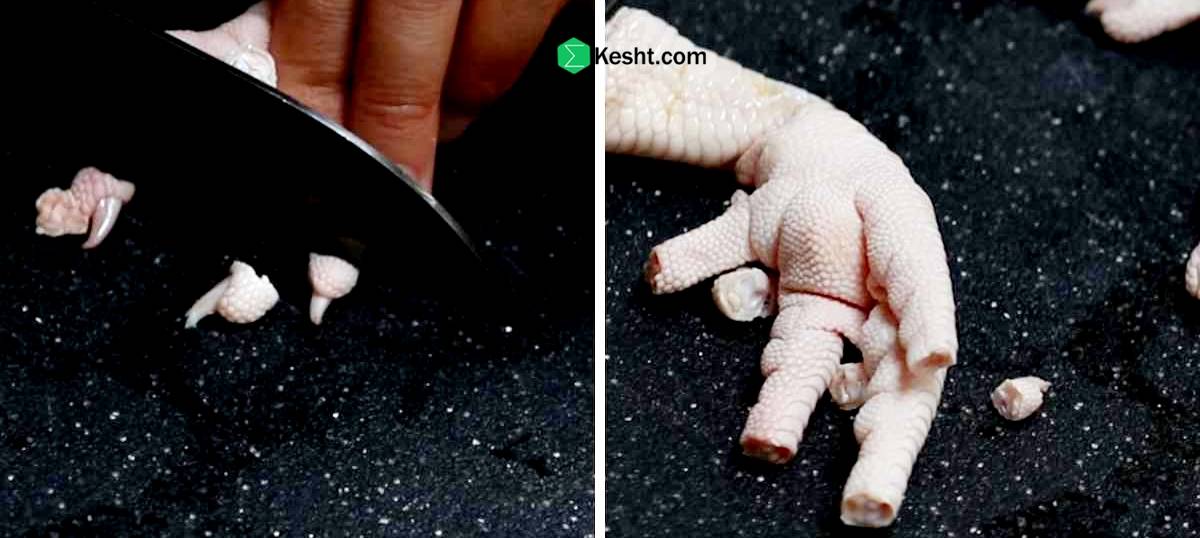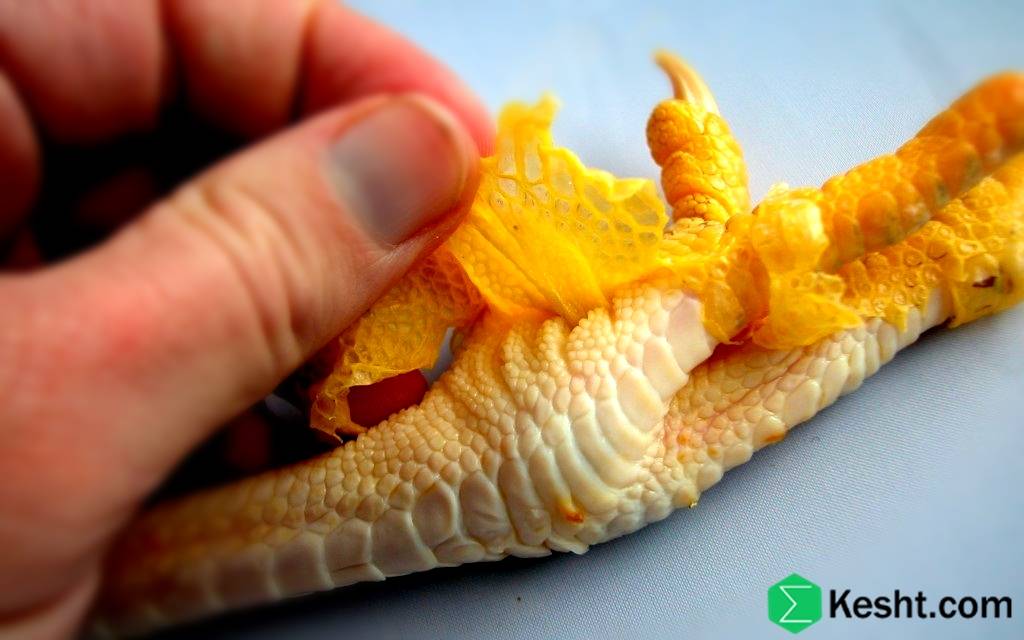Taste of Chicken Feet After Freezing
Does the taste of chicken feet change after long-term freezing?
Yes, the taste of chicken feet may change after long-term freezing. These changes can occur for the following reasons:
1. **Freezer Burn**
- If chicken feet are inadequately packaged or exposed to air, they may suffer from freezer burn. This condition can result in a bitter or undesirable taste.
2. **Texture Changes**
- Long-term freezing can damage the texture of chicken feet, making them appear dry or softer after cooking.
3. **Flavor Deterioration**
- Over time, nutrients and flavor compounds in chicken feet may diminish, leading to a less flavorful product compared to fresh.
4. **Chemical Changes**
- Some chemical compounds in foods may alter due to long-term freezing, negatively impacting the overall taste and quality of the product.
### Tips for Preserving Flavor:
- **Proper Packaging**: Using vacuum packaging or specialized freezer bags can help maintain flavor and quality.
- **Storage Duration**: Try to consume chicken feet within the recommended time frame (usually 6 to 12 months).
- **Proper Cooking**: Use appropriate cooking methods for frozen chicken feet to enhance flavor and texture.
By following these tips, you can help minimize changes in the taste of chicken feet after long-term freezing.
Does the Taste of Chicken Feet After Freezing Preserve Better in High-Quality Freezers?
Yes, using high-quality specialized freezers can help maintain the taste and quality of chicken feet after freezing. Here are several reasons why quality freezers can have a positive impact:
1. **Temperature Stability**
- **Consistent Temperature**: Quality freezers typically maintain a uniform and stable temperature, which helps prevent thawing and refreezing of foods, thereby avoiding flavor changes.
2. **Better Insulation**
- **Effective Insulation**: High-quality freezers usually have better insulation that prevents warm air and moisture from entering, which helps preserve the quality and taste of food.
3. **Moisture Control**
- **Humidity Control Systems**: Some professional freezers feature humidity control systems that help maintain moisture levels inside the freezer and prevent food from drying out.
4. **Advanced Technology**
- **Modern Technologies**: Modern freezers may utilize advanced technologies such as rapid cooling or quick freezing, which aid in preserving the taste and texture of food.
5. **Reduced Risk of Freezer Burn**
- **Minimizing Air Ingress**: Quality freezers often have systems that minimize air entry, which can help reduce the risk of freezer burn and maintain flavor.
However, proper packaging and adherence to storage times remain crucial for preserving food quality.
### Tips to Prevent Issues:
- **Temperature Settings**: Regularly check the freezer temperature and ensure it remains below -18 degrees Celsius.
- **Seal Inspection**: Make sure the seals and door of the freezer close properly to prevent warm air from entering.
- **Avoid Overloading**: Do not overfill the freezer to allow proper air circulation.
By following these tips, you can protect the quality and safety of your food.
### How Can I More Accurately Control Freezer Temperature?
To more accurately control the freezer temperature, you can use the following methods and tips:
1. **Use a Freezer Thermometer**
- **Digital or Analog Thermometer**: Purchase a suitable thermometer for the freezer and place it inside. This will help you monitor the actual temperature and adjust settings accordingly.
2. **Adjust Temperature Settings**
- **Temperature Settings**: Ensure your freezer is set to the appropriate temperature (below -18 degrees Celsius). If your freezer has manual settings, refer to the user manual for precise adjustments.
3. **Regular Checks**
- **Periodic Monitoring**: Regularly check the freezer temperature, especially during warm seasons and when the door is frequently opened and closed.
4. **Avoid Overloading the Freezer**
- **Airflow**: Ensure the freezer is not overfilled to allow proper air circulation, helping maintain an even temperature.
5. **Use a Quality Freezer**
- **Modern Freezers**: If possible, use newer, high-quality freezers that have temperature control technologies. Some freezers come with temperature control systems and alarms.
6. **Prevent Warm Air Ingress**
- **Keep the Door Closed**: Avoid opening the freezer door frequently and ensure it closes tightly to prevent warm air from entering.
7. **Inspect Seals and Insulation**
- **Insulation**: Check that the freezer seals are well-insulated to prevent warm air from entering.
By following these tips, you can more accurately control the freezer temperature and protect the quality and safety of your food.
How Can I Ensure the Freezer Insulation is Intact?
To ensure that the freezer insulation is intact, you can follow these steps:
1. **Visual Inspection**
- **Damage Check**: Carefully inspect the seams and door of the freezer. Look for any cracks, tears, or damage.
- **Color and Shape**: Ensure that the insulation remains its natural color and shows no deformation.
2. **Paper Test**
- **Test Paper**: Place a piece of paper (like a note) in the freezer door and close it. If you can easily pull the paper out, the insulation may not be functioning properly. If the paper comes out with difficulty, the insulation is intact.
3. **Temperature Check**
- **Internal Temperature**: Monitor the freezer temperature. If it consistently remains above -18 degrees Celsius, there may be an insulation problem.
4. **Moisture Test**
- **Internal Moisture**: If there is moisture inside the freezer or unusual frost, the insulation may not be working correctly and needs further inspection.
5. **Listening for Sounds**
- **Unusual Noises**: If the freezer produces unusual sounds, such as buzzing or loud noises, it may indicate an insulation or cooling system issue.
6. **Consult a Technician**
- **Repair Service**: If you suspect the insulation is damaged or cannot identify the problem, it’s best to consult a qualified technician.
By following these steps, you can ensure that the freezer insulation is intact and take necessary actions if any issues arise.
### What is Unusual Frost in the Freezer and How Can I Detect It?
Unusual frost in the freezer refers to the presence of ice or frost in unusual locations or excessive amounts, which can indicate issues with the freezer’s performance. Here are the signs and ways to detect unusual frost:
#### Signs of Unusual Frost
1. **Frost on Walls or Shelves**
- If frost or ice accumulates unusually on the interior walls or shelves of the freezer, this may indicate a problem.
2. **Frost Around the Door**
- Frost in areas around the door or seals can signify air leakage and moisture entering the freezer.
3. **Frost on Food Items**
- If food in the freezer is frozen and showing signs of freezer burn (e.g., discoloration or texture changes), this could be a sign of unusual frost.
4. **Thick Ice Layers**
- Accumulation of thick ice layers at the bottom of the freezer or other areas that typically do not experience natural frosting.
#### Detection Methods
1. **Visual Inspection**
- Regularly check the freezer for any unusual frost accumulation.
2. **Temperature Check**
- Monitor the freezer temperature. If it is above -18 degrees Celsius, it may lead to unusual frost.
3. **Moisture Attention**
- If there is visible moisture inside the freezer or food exhibiting unusual frost, this may indicate a problem.
4. **Listening for Sounds**
- If the freezer is making unusual sounds, it could indicate issues with the cooling system or insulation.
#### Necessary Actions
- **Cleaning the Freezer**: If you observe unusual frost, turn off the freezer and remove the ice. This can help improve the freezer’s performance.
- **Inspecting Seals and Insulation**: Ensure that the freezer seals and insulation are functioning properly to prevent moisture ingress.
- **Consulting a Technician**: If the problem persists after inspection and cleaning, it’s best to consult a qualified technician.
By following these tips, you can prevent unusual frost in the freezer and improve its performance.






